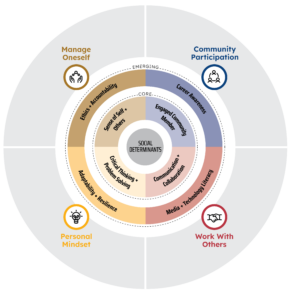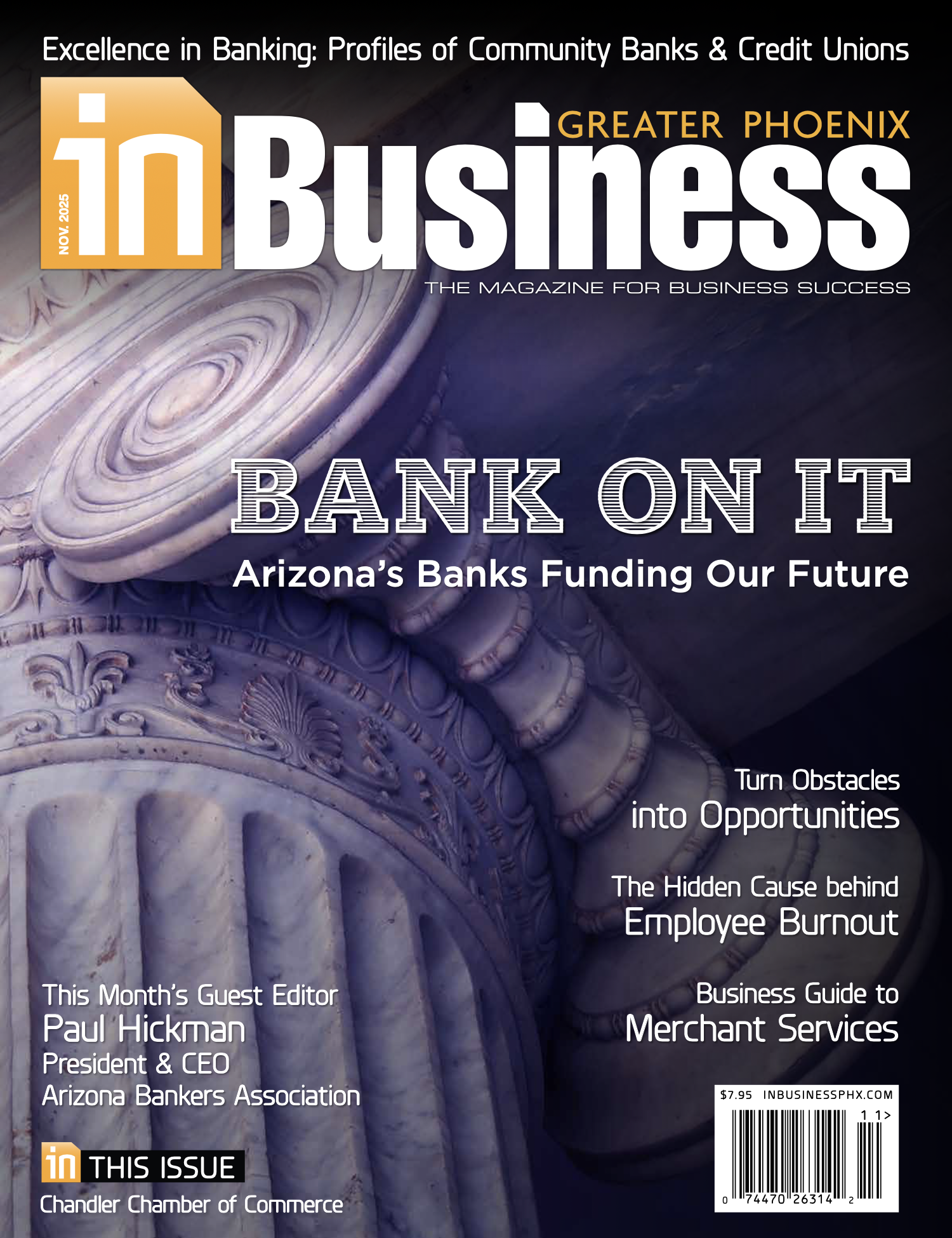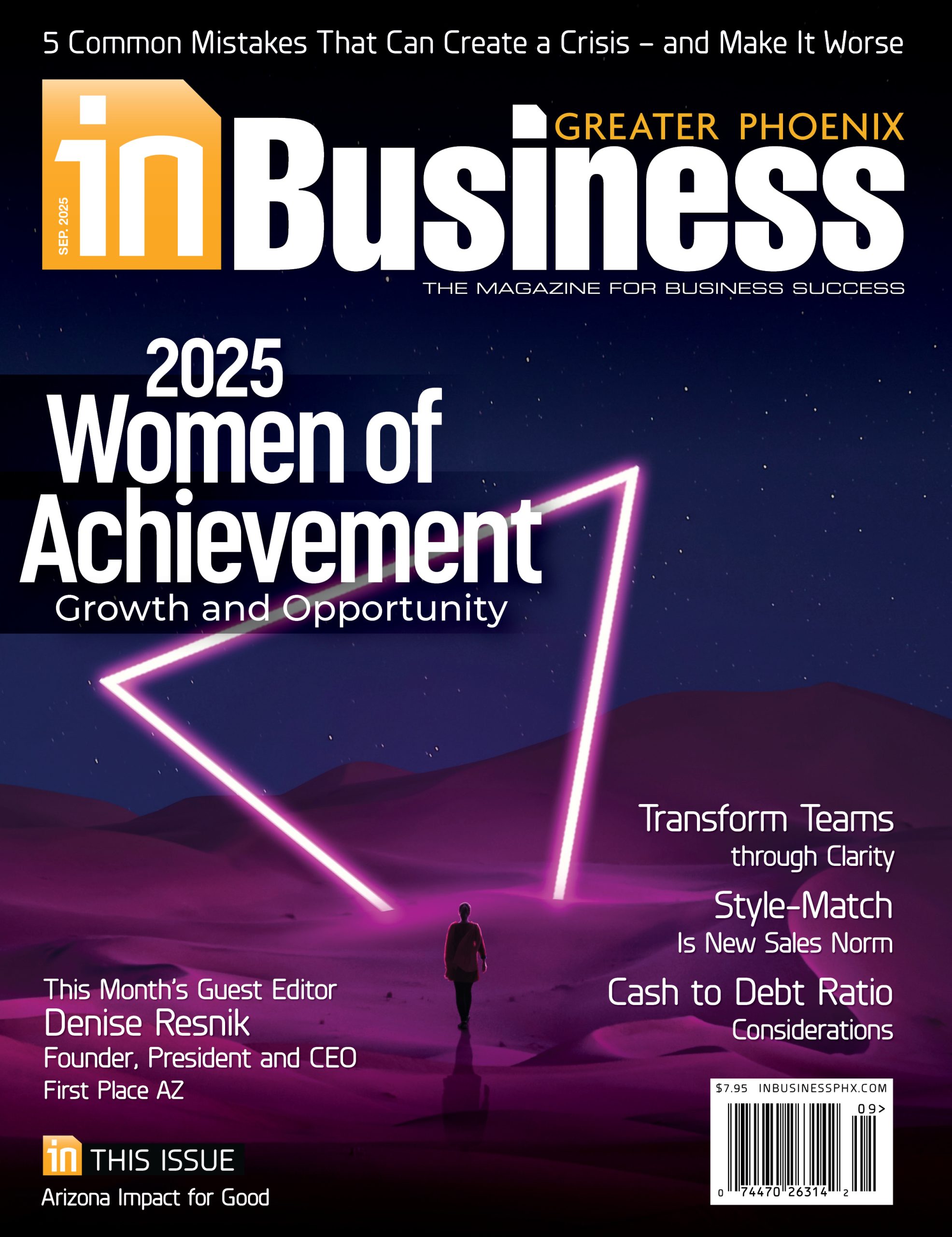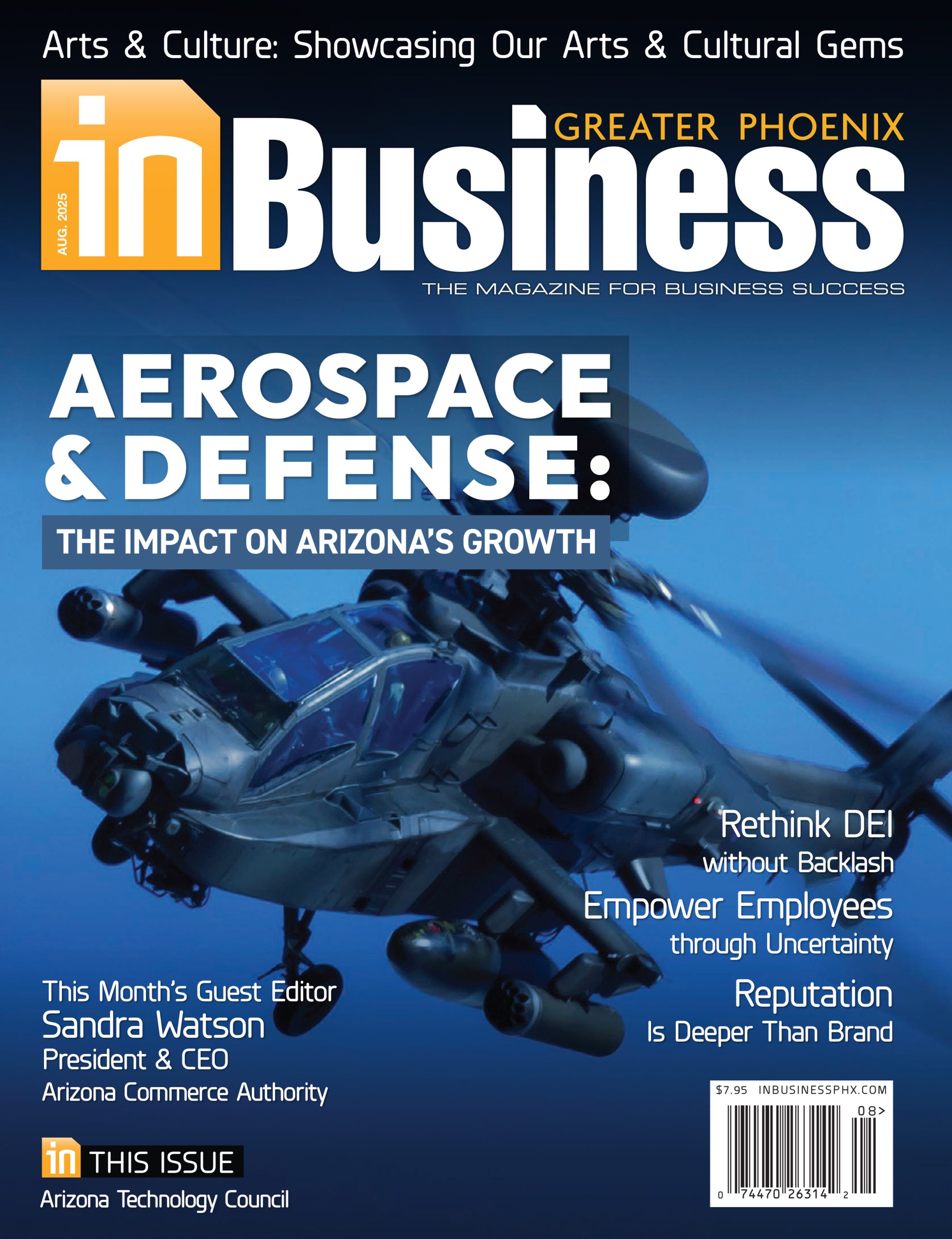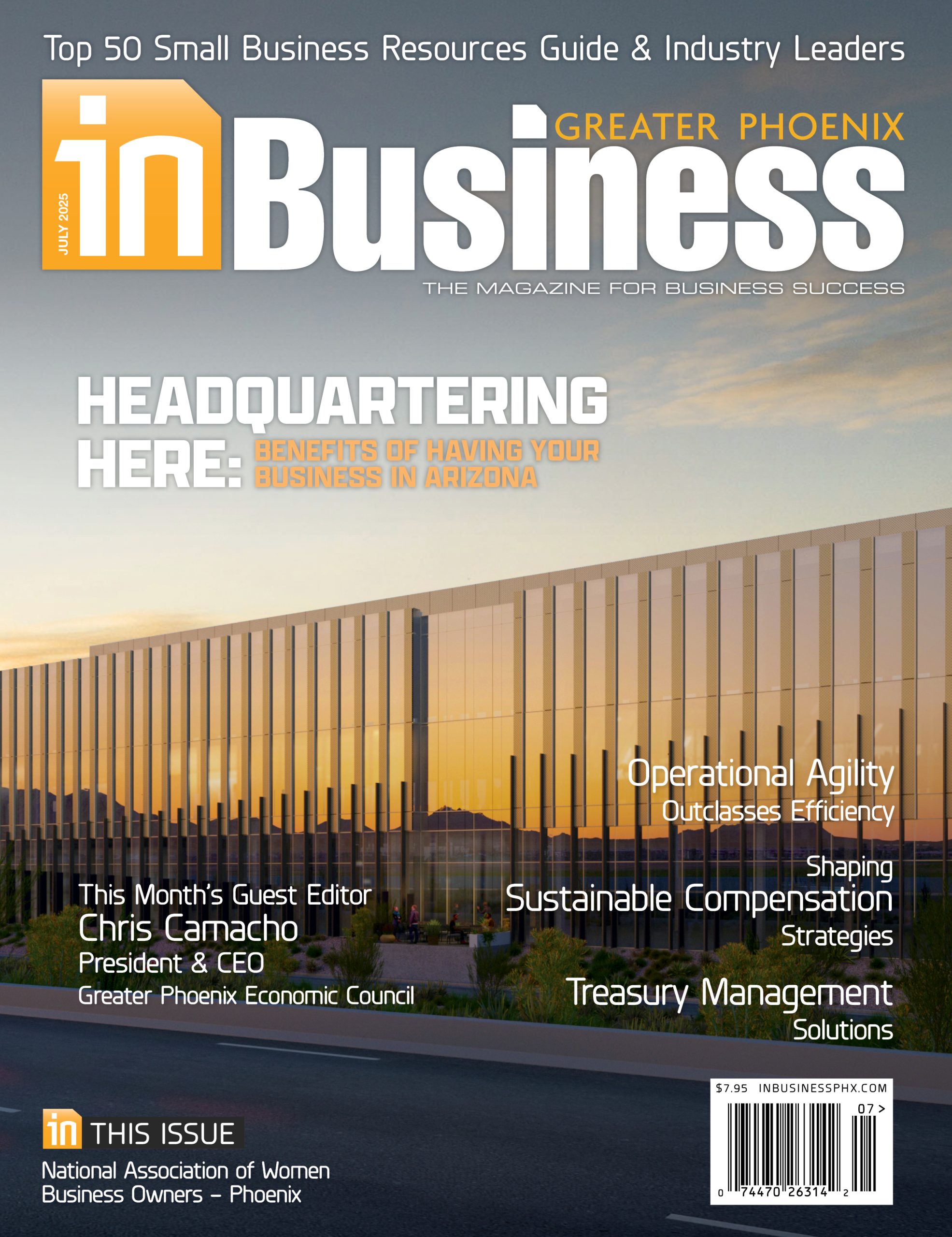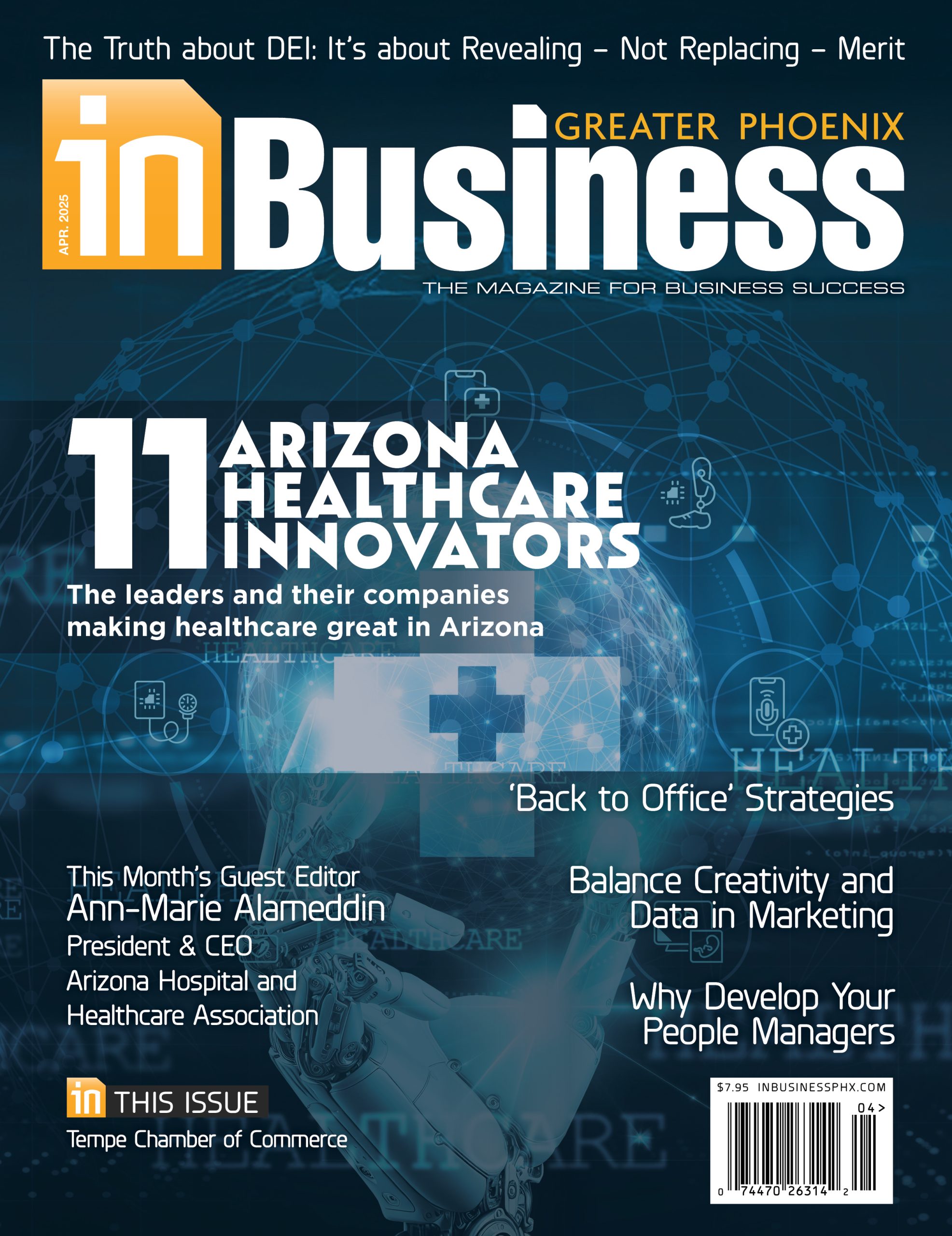When it comes to preparing the future workforce for careers, one size definitely doesn’t fit all.
This is a key discovery arising from discussions led by SciTech Institute with stakeholders in Arizona’s science, technology, engineering and math ecosystem to determine what skills are really necessary.
“When we have these conversations, we ask employers what they need and it’s, ‘We need these certain skills,’ but it ends up being the same skills, which are the professional skills no matter where you’re at,” says Jeremy Babendure, SciTech Institute’s executive director. SciTech Institute is a collaborative initiative with the Arizona Technology Council and Arizona Commerce Authority.
It turns out that even finding a single name for necessary skills is not easy. Depending on the field, one sector may call it “problem solving,” another labels it “innovation” while still another refers to it as “creative thinking.”
“It’s all really around how do you think in this world,” Babendure says. “What we lack is a system to actually know that we’re teaching that skill and how it’s being integrated across the spectrum.”
The result?
“We find that the students are not coming out trained. They don’t have the skills. We’re having to do remediation,” he says. “And at the end of the day what our belief is, this is a very difficult problem because it’s not something that anybody can solve in isolation. It’s an ecosystem problem.”
While institutions such as trade schools are known for teaching specific skill sets required for certain jobs, “how do you do it in all the settings across our whole ecosystem so that these skills do not become the thing that’s the afterthought but the most important thought that happens across what we do?” Babendure asks.
In an attempt to have conversations lead to real solutions, SciTech Institute’s initiative currently is focused on the merits of a pie-shaped rubric developed with a grant from USAA. The Arizona Education Foundation has taken the lead by training school districts in the state on merits of the different components found in the rubric:
- At its heart are social determinants divided into core groups: sense of self and others, engaged community member, communication and collaboration, and critical thinking and problem solving.
- What lies at the core provides the foundation for corresponding emerging groups: ethics and accountability, career awareness, media and technology literacy, and adaptability and resilience.
- In turn, corresponding groups pair to ultimately shape individual abilities: manage oneself, community participation, work with others and personal mindset.
While initial feedback from the school districts has been positive, more development of the rubric is underway.
“What we hope is to really continue to establish more common language with the synergies and then trajectories that organizations can meaningfully take in,” Babendure says. “What we’re after is to align the communities — this education system is often affiliated with the education track and skills workforce track — to really align on that common language of skills.”
As the work continues, some potential outcomes already have been identified. They include:
- Encourage employers and educators to work together across all job sectors.
- Match skills with industries and create aligned training programs.
- Boost training for educators; increase enrollment in relevant programs; and encourage employers, students and job seekers to use recognized skills.

